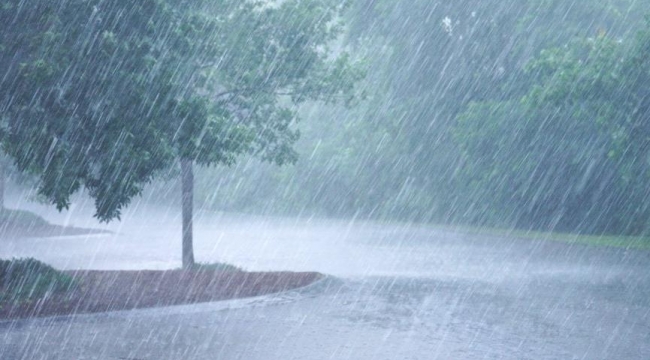
How Climate Change is Intensifying Rainfall and Strengthening Typhoons
A recent study published in Science highlights how climate change is significantly altering global rainfall patterns, potentially intensifying typhoons and other tropical storms. This research follows Typhoon Gaemi, the year's most powerful storm, which recently hit Taiwan, the Philippines, and China.
Led by Zhang Wenxia of the China Academy of Sciences, researchers analyzed historical meteorological data and discovered that around 75% of the world's land area has experienced increased "precipitation variability." The study attributes this to rising temperatures, which enhance the atmosphere's capacity to hold moisture.
"This trend will likely continue with global warming, increasing the likelihood of droughts and floods," Steven Sherwood, a climate scientist at the University of New South Wales, told Reuters. The research indicates that while tropical storms may become less frequent, they are expected to become more powerful.
Typhoon Gaemi exemplifies this trend. It made landfall in Taiwan as the strongest storm to hit the island in eight years, with wind speeds reaching 227 kph (141 mph). This forced widespread closures of schools, businesses, and financial markets across the region. In China, hundreds of thousands were evacuated ahead of the typhoon's landfall.
While it's challenging to attribute individual weather events directly to climate change, climate models consistently predict that global warming will strengthen typhoons. Sachie Kanada, a researcher at Japan's Nagoya University, notes, "Warmer sea surface temperatures generally favor tropical cyclone development."
Recent climate reports from China and Taiwan support these findings. China's "blue paper" on climate change indicates a significant decline in typhoon frequency in the Northwest Pacific and South China Sea since the 1990s, but notes an increase in their intensity. Similarly, Taiwan's climate change report suggests fewer but more intense typhoons in the region.
As global temperatures continue to rise, the impact on tropical storms could be substantial. Feng Xiangbo, a tropical cyclone research scientist at the University of Reading, states that for each 1 degree Celsius increase in temperature, the water vapor capacity in the lower atmosphere is expected to rise by 7%. This could lead to a dramatic 40% surge in tropical cyclone rainfall in some regions for each degree of warming.
The study underscores the need for urgent action to mitigate climate change and adapt to its impacts. As the atmosphere warms and holds more moisture, we can expect more extreme weather events, including powerful typhoons and intense rainfall, which pose significant risks to vulnerable regions worldwide.